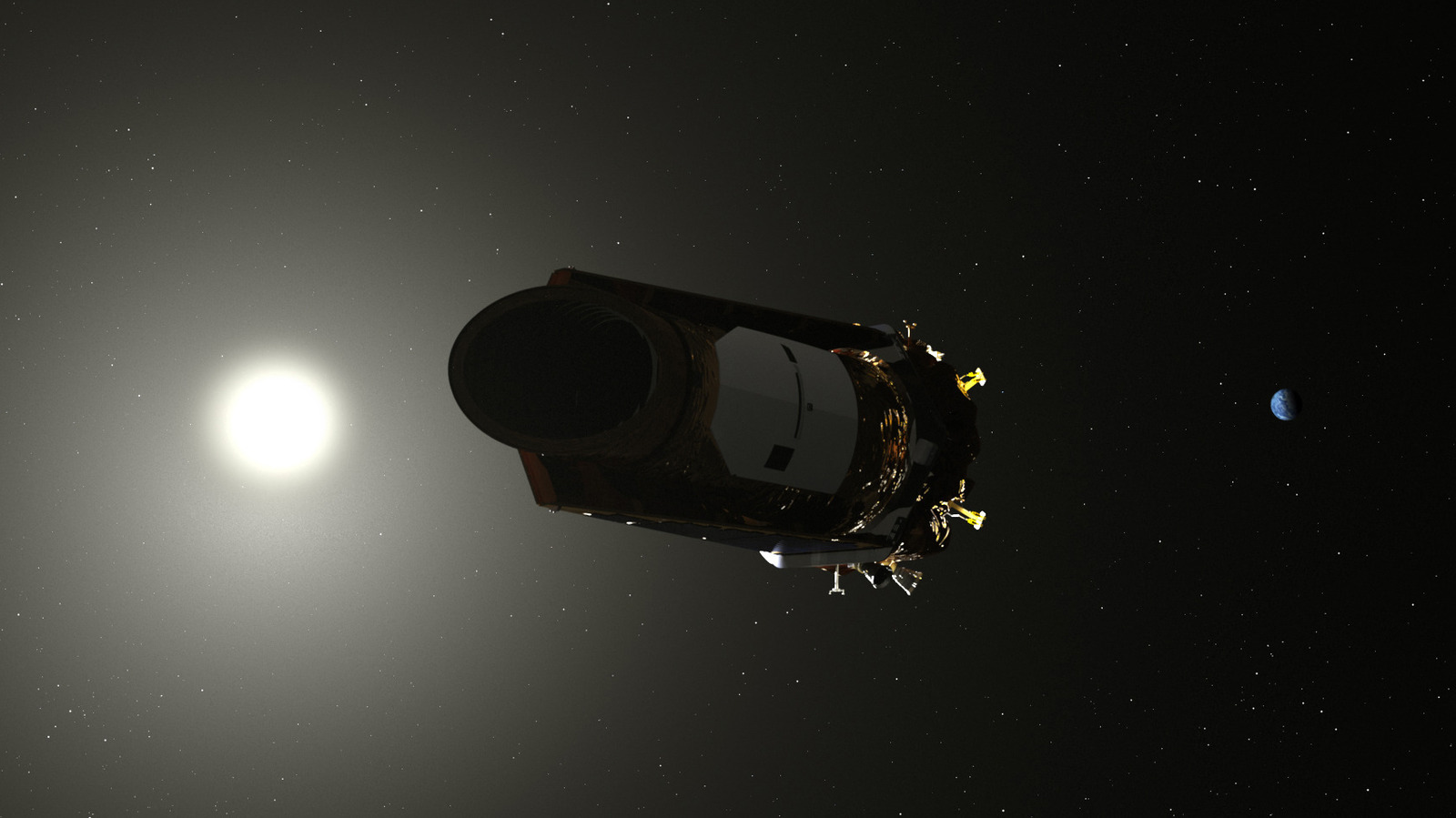Whatever Happened To The Kepler Space Telescope?

Eventually, Kepler ran out of fuel and went dark, although researchers continued to push to collect data until the last possible minute. Unlike the dramatic burning up in the atmosphere of missions like Cassini, Kepler wasn’t destroyed in fire. Instead, its decommissioning involved shutting down its systems and leaving it to float as an inert block in space (via space.com).
One remarkable thing about Kepler is that even after the telescope was retired, it still offered a treasure trove of information to the astronomical community. Data collected on thousands of exoplanets over Kepler’s mission is now publicly available at the Barbara A. Mikulski Archive for Space Telescopes. This data continues to be used in astronomical discoveries to this day, with its data used in estimates that, for example, there may be up to six billion Earth-like planets in our galaxy (via SciTechDaily). Many of the researchers who worked with Kepler have continued to work in astronomy and science communication.
Overall, even though it is now gone, the Kepler mission was a huge success that set the stage for the study of exoplanets that blossoms today.
“As NASA’s first planet-hunting mission, Kepler has wildly exceeded all our expectations and paved the way for our exploration and search for life in the solar system and beyond,” NASA’s Science Mission Directorate associate administrator Thomas Zurbuchen said when the mission was retired. “Not only did it show us how many planets could be out there, it sparked an entirely new and robust field of research that has taken the science community by storm. Its discoveries have shed a new light on our place in the universe, and illuminated the tantalizing mysteries and possibilities among the stars.”
For all the latest Games News Click Here
For the latest news and updates, follow us on Google News.
